
P55 motherboards
Before we move onto the best of the many P55 boards we saw at the show, we should congratulate Taiwan once more for reaching a massive milestone – earlier this month, the country shipped its billionth Intel-based motherboard.“This milestone is another signal that the desktop PC is not dead and that computer users continue to crave the processing power, graphics and storage capabilities that desktop PCs provide,” said Intel’s Sean Maloney during his keynote on the first day of the show before going on to talk about how Taiwan was “an innovation hub.”
Speaking of innovation, we saw a lot of that on some of the P55-based boards set for release later this year. Intel showed a massive wall of boards at its keynote (pictured below) - we've picked out some of the best we've seen below.

The wall of Intel 5-series motherboards set for release later this year
MSI was first to show us its latest wares and it looks to be continuing on the road it set out on with the promising Eclipse SLI X58-based board and the strong follow up that was the 790FX-GD70, which walked away with a coveted bit-tech recommended award. The MSI P55-GD65 packs some new features, including MSI’s excellent DrMOS power saving technology and its new OC Genie chip. Overall, the board “looks impressive and is shaping up to be a promising board” according to Richard Swinburne, bit-tech’s motherboard guru.
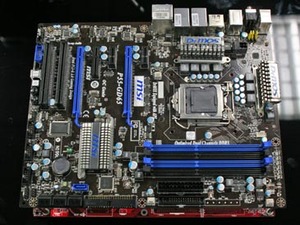
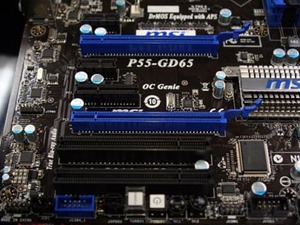
MSI's P55-GD65 motherboard
Gigabyte is also keen to push things forwards and the company came up with one of the most interesting uses of the controversial Trusted Platform Module technology, as its GA-EP55-UD4P motherboard uses TPM to hide files using your mobile phone’s Bluetooth connection. The use is quite obvious – think how difficult it would be to explain your pr0n collection to your girlfriend/wife/mum/gran – because you can avoid those uncomfortable situations from now on... providing you don’t leave your Bluetooth transmitting mobile phone next to your PC when one of the above is using it.
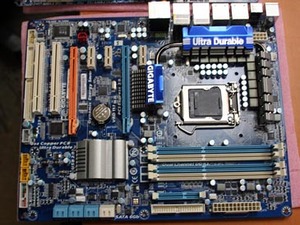
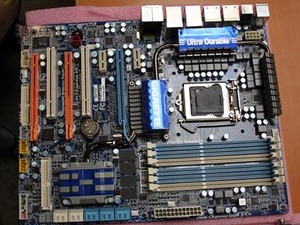
Two of Gigabyte's early P55 motherboards
Gigabyte will also roll out SATA 6GB/sec across all of its P55 boards, and on its premium boards the company will use 24-phase power regulation for the CPU. The company’s mainstream P55 boards will still use an impressive 12-phase design, which should certainly be more than enough for most casual overclockers. What’s more, one of the early P55 designs shows four NAND flash chips soldered onto the PCB next to the memory slots – this isn’t like Intel TurboMemory technology, but it can be used to make applications launch much faster because of the higher I/O throughput.
Many manufacturers said that most P55 boards would be very expensive – more expensive than their P45 equivalents – with prices ranging from £120 to £200 and up; however, Foxconn reckons that it can make a P55 motherboard for under $100. Of course, they’re unlikely to be of the same high quality as the more expensive P55 boards, but the company said its mainstream boards could easily hit this price point – whether they’re any good or not is another question entirely though. Foxconn will, of course, also be adding at least one P55-based board to its Quantum Force range as well – expect this to arrive in time for the P55/Lynnfield launch.
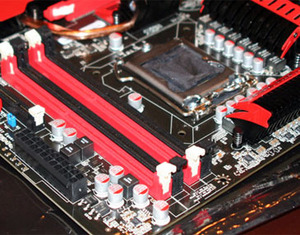
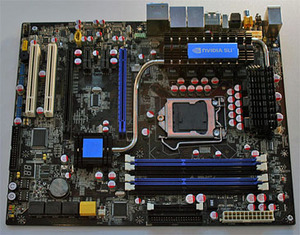
Finally, despite the PCI-Express lanes being moved onto the CPU die, it looks like Nvidia’s SLI technology will be supported on P55 – both EVGA and J&W openly claimed support for SLI on their P55 boards, but Nvidia stopped short of confirming it.

MSI MPG Velox 100R Chassis Review
October 14 2021 | 15:04








Want to comment? Please log in.